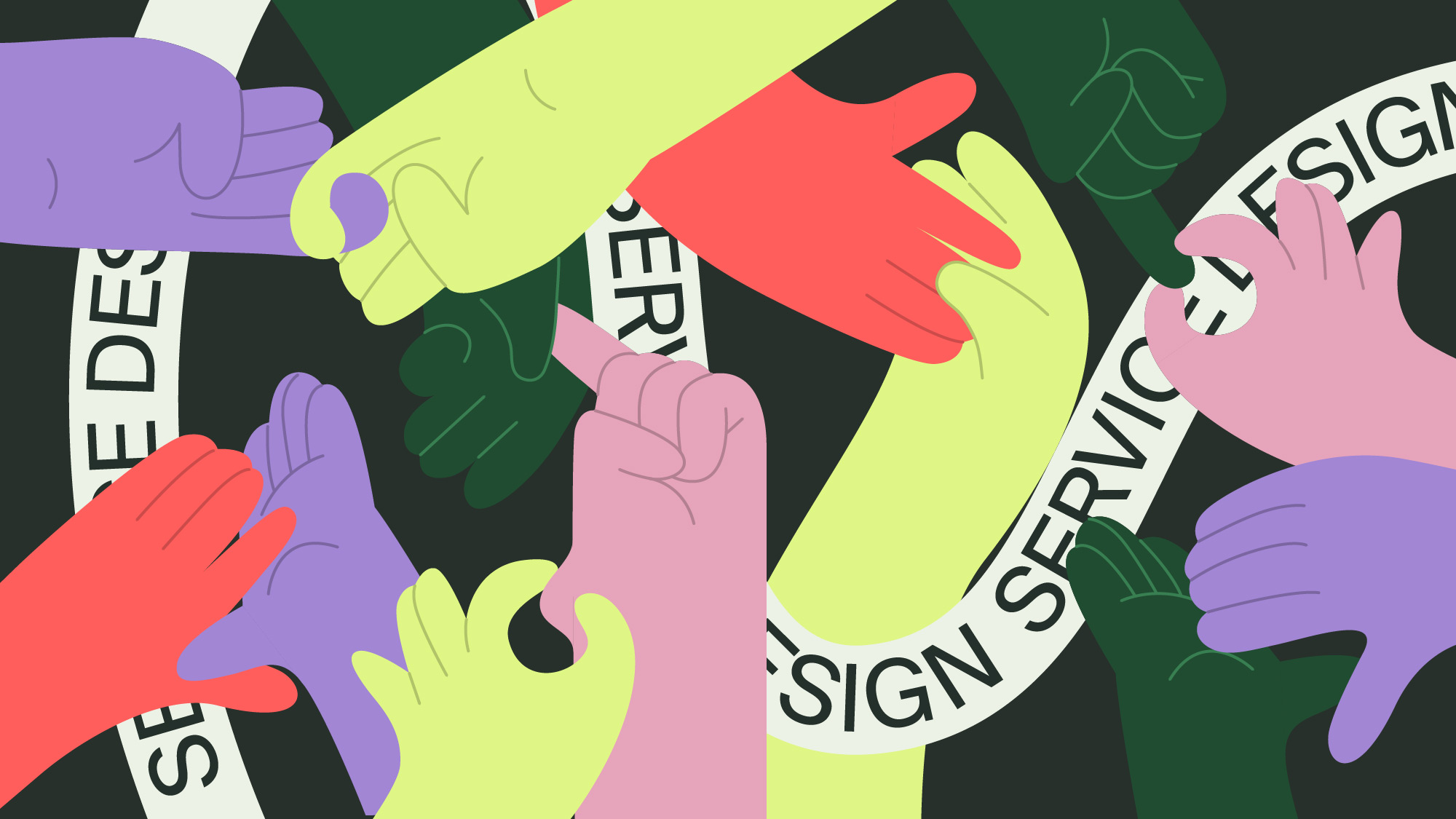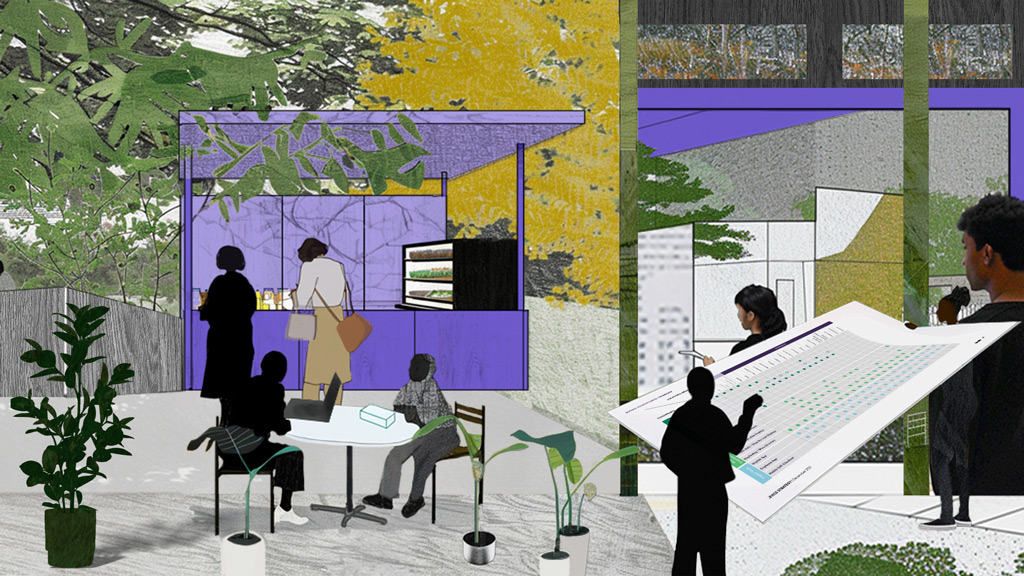Bringing Spaces to Life: The Integral Role of Service Design in the Design Process
January 07, 2025 | By Tessa Levine-Sauerhoff and Carolina Montilla
In advertising, there’s an adage: “nothing kills a bad product faster than a good brand.” The same could be said for architecture and experience design; even the most beautiful spaces can lead to lackluster user experiences if they are not grounded in real needs, real behaviors, and thoughtfully considered choices.
This is where service design (SD) becomes crucial, acting as a bridge that connects space design with user-centric experiences ranging from digital environments and wellness to food and transportation services. At Gensler, we work with clients across myriad industries to integrate service design into the traditional design process. Our goal? To enhance the functionality and sustainability of environments for both users and operators in order to create better experiences and better outcomes. In building a cohesive experience between the business and the space, we touch on multiple disciplines: design, transition management, and communications.
Defining a Service
In the context of space design, it can sometimes be a bit hard to understand what we mean when we talk about “services.” Imagine all the activities that occur inside and around a building — the catering, the coffee kiosks, the security, the custodial, the integration with transportation, IT, and sustainability, the brand new and exciting space types that we’re introducing to our users for the first time. These are all services — and to be successful, the design of them should be grounded in an understanding of the users, their needs, and their journeys. This might sound obvious, but it isn’t always the case.

Bridging the Divide
Gensler’s approach to design seamlessly integrates space and service. We co-create alongside our clients to design environments, while also ensuring that these spaces are optimized for successful implementation, usage, maintenance, and activation. This dual expertise ensures that every architectural element and service interaction works harmoniously to support a seamless user experience. For a large consumer goods organization in the region, we partnered with the experience team to work hand in hand with the architects and brand designers, ensuring that the services and interactions were codified as the spaces were being finalized.
To do this, we spent time with each of the individual stakeholders (users and operators) to understand their workflows, their pain points, and their operational and behavioral needs, then translated those into “service blueprints.” These blueprints were then shared back to the architects, the brand designers, the consultants — the whole ecosystem of partners — to ensure that there was full alignment from the beginning.
The Ultimate Aggregator
When done well, service design acts as an aggregator of various stakeholders’ needs, ensuring that all aspects of the user experience are thoughtful and harmonized. Imagine a framework that considers “front of house” and “back of house” all in one place — your customers and users, but also your operators and employees and often “unseen” people required to make the space and the experience hum along smoothly.
To accomplish this, there’s no substitute for talking with real users, shadowing real spaces and processes, and understanding real analogous services. Our process is hands-on: we get onsite, we go deep with your catering (or your front desk, or your mail room), and we get to know the realities of these services. You’d be surprised how often we hear “no one has ever asked me this before!” — and those conversations are often the ones that deliver the best design insights.
Service design transforms spaces from physical locations into dynamic, functional environments that anticipate and fulfill the needs of users and operators alike. This approach both enhances the immediate user experience but also ensures the longevity and relevance of the space long into the future — because when you design based on real data and real needs, the satisfaction and resiliency of the space and the service increase.
Mapping the Design Process with Service Design
Service design focuses on the meticulous mapping of the design process, paired with the careful planning and development of the service itself. By understanding every user touchpoint, teams are equipped with the necessary tools and processes to envision, implement, and sustain service deployment over the long term. This methodical approach helps codify design intentions into actionable plans, ensuring that the initial vision for the space is realized without costly post-launch modifications.
One of the primary benefits of incorporating service design from the outset is the reduction of “Day 2” changes — modifications made after the project goes live, which are often expensive and disruptive. Through the proactive planning of service design, many potential issues are addressed before they become problems, significantly reducing the need for future alterations, and finding alignment and common ground among stakeholders early in the creative process.
Service design is not just an add-on to the design process; it is a fundamental component that ensures spaces are not only visually stunning, but also highly functional and user centric. The result is a seamless experience that enhances satisfaction and sustainability, reduces costly post-launch modifications, and maintains the relevance and resilience of the space over time. Ultimately, service design is about creating spaces that are as intelligent and adaptable as they are beautiful.
Enhancing User Experience Across All Dimensions
The user experience stands at the core of service design. By considering how users interact with both the physical space and its service offerings, designers can create more intuitive and enjoyable environments. This dual focus on space and service allows designers to enhance user experiences in a comprehensive manner, addressing needs that are both spatial and service-oriented.
For media inquiries, email .


